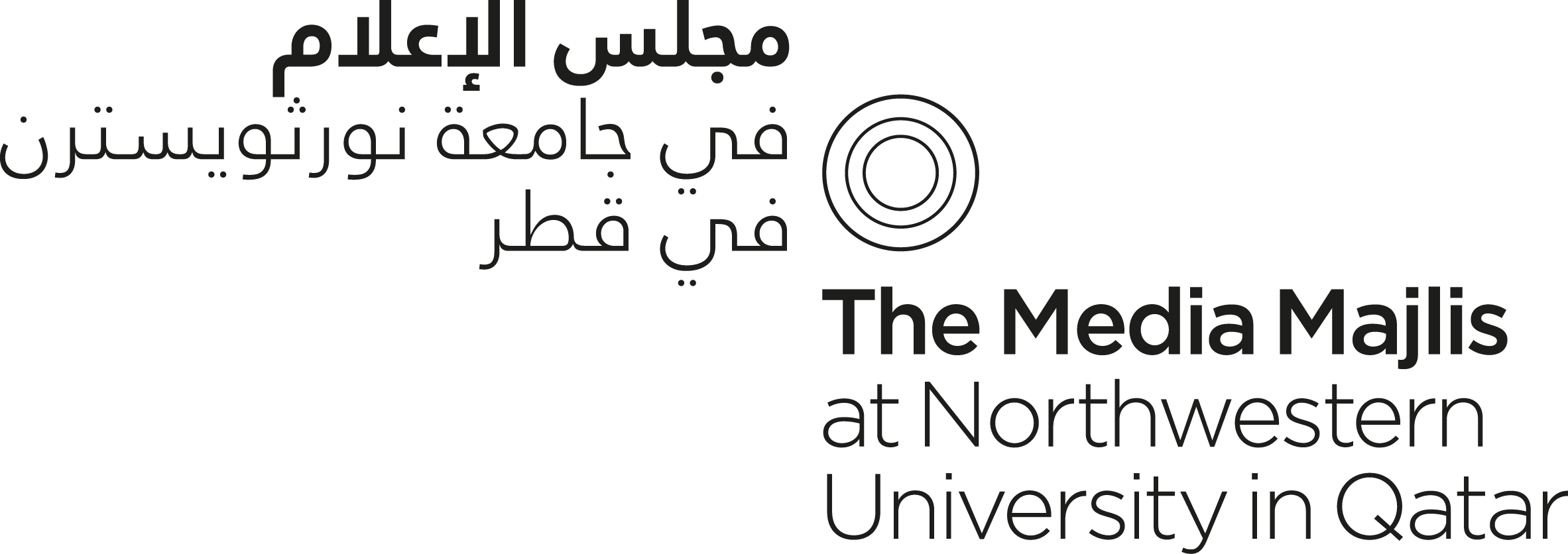
Making the cut Behind the scenes

Curating an exhibition of predominantly digital content combines traditional exhibition rigor with unique digital components and considerations. Taking film as an example, there are considerations of licensing requirements, quality and availability—but before that there is much thought about which clip from a film you will select for inclusion in an exhibition.
Within an exhibition there is a need to consider how different films may work together as a narrative for audiences. Is one country or story represented more than others? Is there a balance? Are we (only) representing one side, or multiple sides, of a story? While some issues have been heavily represented in Arab film—such as the Palestinian conflict—a more holistic approach will allow for multiple audiences to find selections they identify with and see themselves in. Curators, therefore, spend considerable time considering different audiences and how they might engage with an exhibition and its content.
Regionally, Egypt dominated early Arab film production, yet it is important that the films included in Arab Identities go far beyond the borders of Cairo and give a platform to the entirety of the Arab World, even if those films were not as popular and were seen by fewer audiences. Film distribution is a critical part of the filmmaking process, and, by showcasing less-viewed films, the exhibition becomes part of the distribution process—a platform for films that are historically important and pertinent to discussions of identity, but which are often unheard of.
Critical to this work is the aspect of authenticity—examining films to determine whether or not they are accurately depicting topics/people/places, and if not asking why not. Is it a matter of genre or abstraction? Is it a matter of being stereotypical or uninformed? These questions can often be answered by looking at a multitude of associated materials including film reviews (both contemporary and contemporaneous), researching historical events surrounding the making of the film, or even the straightforward task of watching the extras on a film’s DVD, which often include behind-the-scenes footage, director’s commentary and interviews. These additional resources, drawn from multiple sources, may often inform questions of identity in film more than a film clip can, and are needed to both expand the discussion and complement it.
Perhaps the most important question for curators to consider is: does this film clip work out of context? A pivotal moment in a film’s narrative may only make sense if the film is watched in its entirety. By removing a scene from a film for exhibition inclusion, how is the filmmaker’s intent being changed, how might the meaning of the scene be manipulated—what might be lost? By grouping clips that discuss similar aspects, and allowing them to have a dialogic relationship within and across exhibition themes, curators both retain and respect the original intentions of the filmmaker as well as create conversations and interactions for audiences to make their own connections and meaning within the exhibition.
This article first appeared in print in Inside the Majlis, exhibition 1, issue 1, page 4.
Image: photograph by Denise Jans.
-
Author credits
Amal Ali
Amal Zeyad Ali is a museum curator and cultural producer based in Qatar. She is the Curatorial Exhibition Manager at The Media Majlis and was previously the Programs Associate. She has also served as an Exhibitions Coordinator at Fire Station Artist in Residence. She is a graduate of Northwestern University in Qatar, class of 2018.
